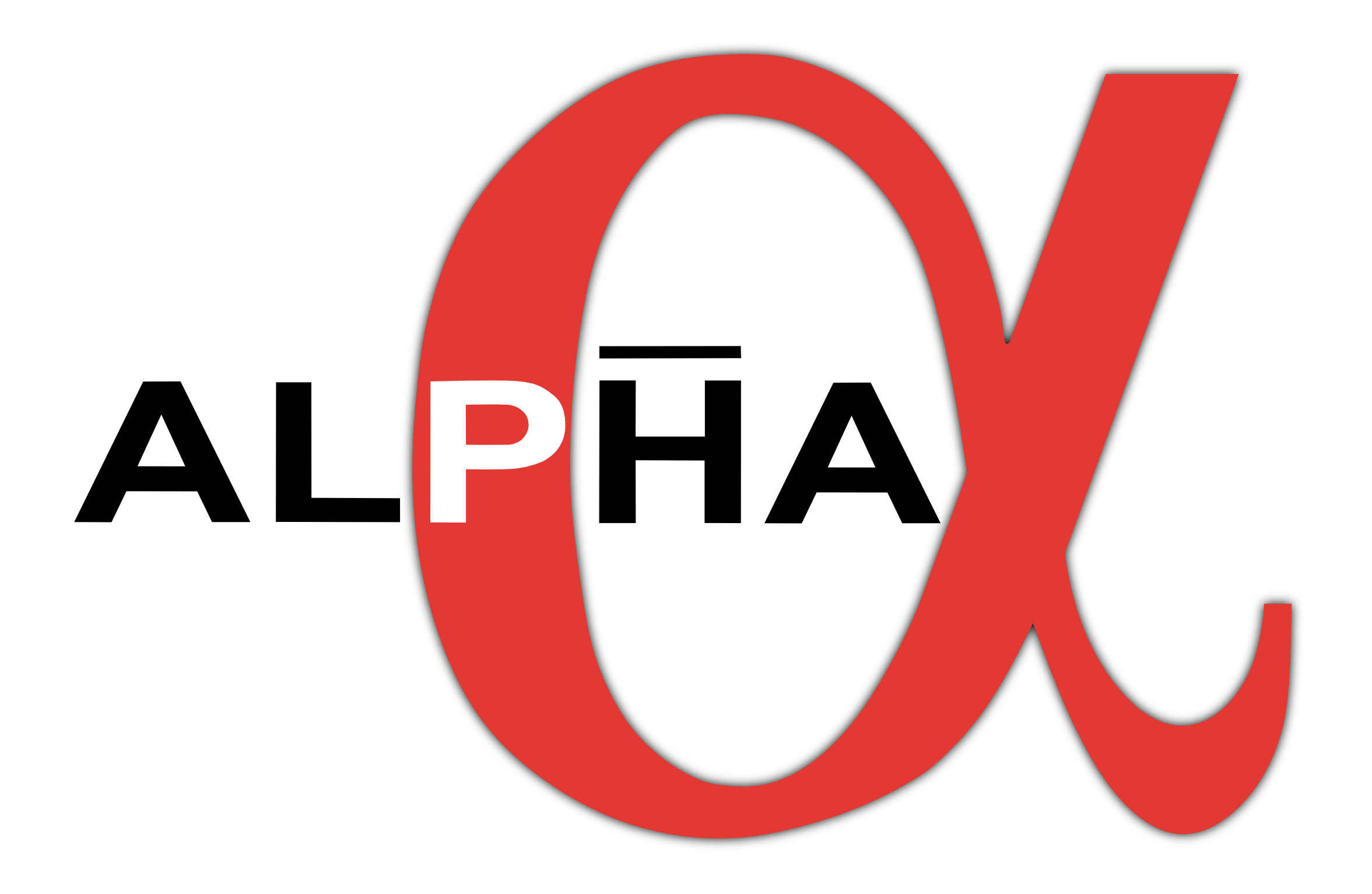Antihydrogen is now routinely formed in ALPHA by combination of antiproton and
positron plasmas. Formed anti-atoms with energy <∼0.5 K are trapped in an octupole-
based Ioffe-Pritchard magnetic trap. Reducing trapped antihydrogen energy is expected
to increase precision in experiments that measure fundamental antihydrogen properties
for precise comparison to hydrogen. Cooling is expected to permit confinement in a
shallower magnetic trap, hence reducing magnetic field errors in gravity experiments and
increasing sensitivity in experiments that measure the hypothetical antihydrogen charge. In
antihydrogen spectroscopy experiments, cooling is expected to increase laser interaction time,
thus narrowing spectral linewidth.
A technique to adiabatically cool antihydrogen is presented, which involves trapping in a
short magnetic well, before slowly (compared to the antihydrogen speed) expanding the trap
volume along the trap axis. During magnetic release, lower energy anti-atoms are expected to
escapeandannihilatewhenthetrapdepthislower whichhappenslater intime. Adiabatically
cooled (Trial A) annihilation times are compared to control samples held in the small (Trial
B) and large (Trial C) magnetic volumes, showing Trial A anti-atoms are lost on average
when the trap depth is 0.081 ±0.007 K, compared to 0.223 ±0.009 K and 0.173 ±0.011 K for
Trials B and C respectively.
Results of detailed Monte Carlo simulations are presented, which show that Trial A anti-
atoms have average energies 1.616 ±0.002 and 1.558 ±0.002 times lower than Trials B and C
respectively, corresponding to a 37.9 ±0.1 % energy decrease during expansion and achieving
mean final energy 0.2226 ±0.0002 K. The magnetic trap expands predominantly in the axial
direction, giving rise to a 68.1 ±0.2 % axial and 14.2 ±0.2 % transverse energy decrease
resulting from non-trivial energy mixing dynamics. Two adiabatic models that make limiting
assumptions about the energy mixing dynamics are shown to bound the simulation results,
confirming the cooling is consistent with an adiabatic process. A possible factor of∼10
increase in precision of antihydrogen charge measurements is presented and a potential issue
for the use of axial adiabatic cooling in ALPHA antihydrogen spectroscopy experiments is
raised, that a significant fraction of adiabatically cooled anti-atoms tend not to occupy the
spatial region of the 1S-2S spectroscopy laser beam.
Danielle L. Hodgkinson
Thesis of Danielle Hodgkinson